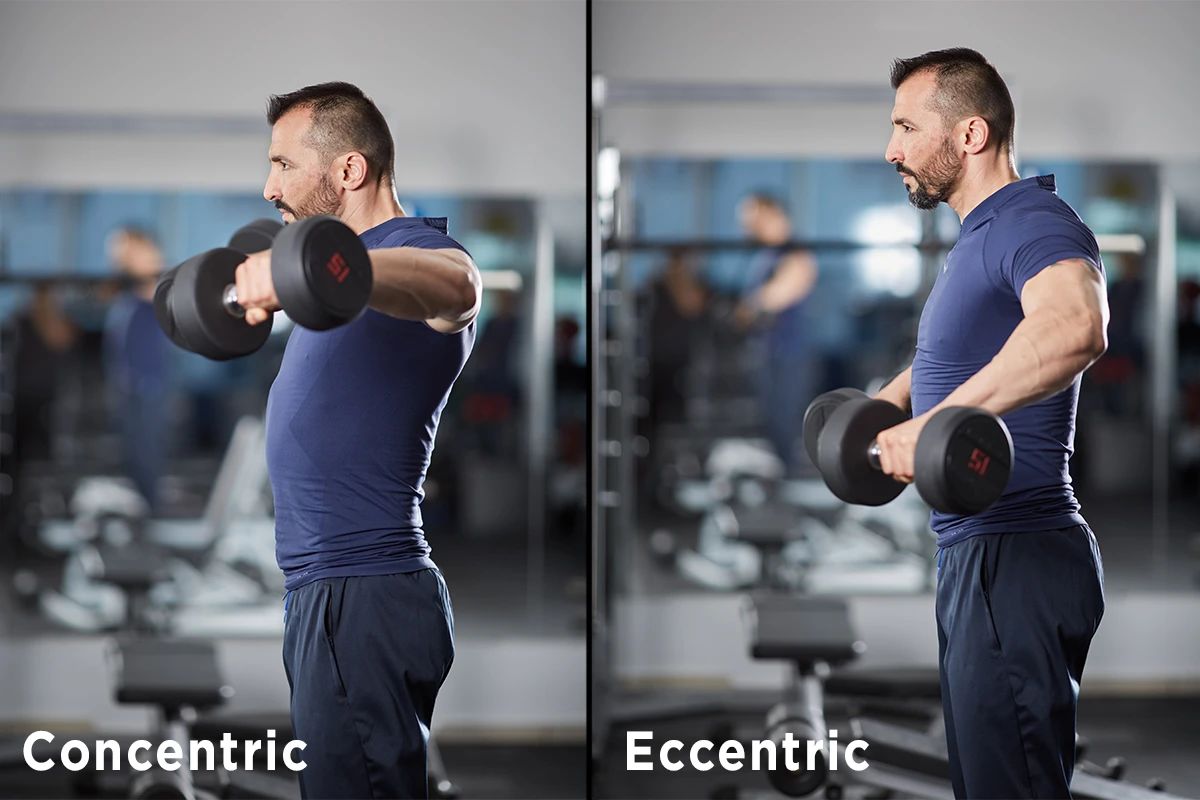-
- BoldMast EnanMast PropNandro DecaNandro PPPrimobolanSustanonTest CypTest EnanTest propTren AceateTren BlendTren ETren Hex
- AnadrolAnavarArimidexClenbuterolClomidDianabolProvironStanozololT3Tadalifil
Grasping this key point can help you gain more muscle mass
Views: 4 Author: Site Editor Publish Time: 2024-10-27 Origin: Site

There are many variables that affect muscle hypertrophy, such as movement rhythm, which is a variable that affects muscle protein synthesis. We can divide the completion of an action into four sub stages, namely the centrifugal stage, the longest muscle stretching stage, the centripetal stage, and the peak contraction stage. For example, the centrifugal stage is 2 seconds, the longest stretching time is 0 seconds, the centripetal stage is 1 second, and the peak contraction is 0 seconds, abbreviated as 2/0/1/0. The time allocation for these four stages can also be referred to as action rhythm.
What are the effects of different movement rhythms on muscle growth? There are not many empirical studies on this aspect. In 2016, a study showed that using two different rhythms, 4/0/1/0 and 1/0/1/0, to perform two head lifts, found that the rhythm of 4/0/1/0 led to a more significant increase in muscle cross-sectional area. The biggest difference between these two rhythms is that the centrifugal stage takes longer, four times longer than the latter.
Long centrifugation time is more conducive to the increase of muscle cross-sectional area. What is the mechanism behind this. Researchers believe that this may be related to a longer TUT. TUT, also known as time under tension, refers to the duration of external mechanical tension acting on the target muscle. In a set of training sessions, with a fixed training weight and frequency, a larger TUT will trigger more muscle protein synthesis.
In another study [2], two groups of participants were trained with rhythms of 2/0/2/0 and 4/0/2/0, respectively, at an intensity of 75% of 1RM, and each group was trained to complete exhaustion. After six weeks, it was found that there was no difference in muscle hypertrophy between these two training rhythms. However, it should be noted that the subjects used in this experiment were all inexperienced novices with no training experience, and the duration of the experiment was relatively short. As we have mentioned before, for novice trainers, there is an adaptation of the nervous system and a super high sensitivity to external training stimuli, which can produce significant improvement effects no matter what method of training is used.

So, is controlling eccentricity or slow paced training beneficial for muscle building. To answer this question, we must analyze the characteristics of centrifugal training from a physiological perspective. Firstly, the intensity or strength that centrifugal training can withstand is 20-50% greater than that of centripetal training. Under the same set of conditions, centrifugal training can bring greater mechanical pressure to the trainer, which is the most critical factor in inducing muscle hypertrophy. Secondly, research has found that if only centripetal training is performed during muscle enlargement, type I muscle fibers will not experience muscle hypertrophy. However, if centrifugal and centripetal training are combined, both type I and type II muscle fibers will exhibit hypertrophy. Thirdly, it has been observed in animal experiments that centrifugal training can significantly prolong the muscle protein synthesis time after training [4]. We have previously discussed that training induced net muscle protein synthesis is a necessary condition for muscle growth, and the higher the value, the better. If the time for muscle protein synthesis can be extended, it is equivalent to more accumulation of muscle protein synthesis on the timeline, which will expand the net amount of muscle protein synthesis.
A research paper on centrifugal training points out that [5] centrifugal training can also induce the synthesis of mRNA for the key signal IGF-1 (insulin-like growth factor) in muscle protein synthesis. In simple terms, centrifugal training increases the level of IGF-1, which is considered to be a manifestation of improved synthetic metabolism. Based on existing experimental evidence, we can say with certainty that eccentric training or slow paced training that emphasizes eccentric training has a positive effect on muscle hypertrophy. For intermediate and advanced trainers, increasing the eccentric time appropriately during training can help with muscle protein synthesis, such as adopting a training rhythm of 4/0/2/0. For novice trainers, their energy should not be overly focused on training details. They should utilize the rapid growth period in the early stage to accumulate effective training volume and lay a good foundation for the later stage. After reaching the intermediate level, use advanced training methods to improve yourself.
reference material
1、Resistance training with slow speed of movement is better for hypertrophy and muscle strength gains than fast speed of movement. International Journal of Applied Exercise Physiology 2322-3537 Vol.5 No.2 2、Effects of Prolonging Eccentric Phase Duration in Parallel Back-Squat Training to Momentary Failure on Muscle Cross-Sectional Area, Squat One Repetition Maximum, and Performance Tests in University Soccer Players, J Strength Cond Res. 2021 Mar 1;35(3):668-674 3、Hather BM, Tesch PA, Buchanan P, and Dudley GA. Influence of eccentric actions on skeletal muscle adaptations to resistance training. Acta Physiol Scand 143: 177–85, 1991. 4、Wong T and Booth F. Protein metabolism in rat tibialis anterior muscle after stimulated chronic eccentric exercise. J Appl Physiol 69: 1718–1724, 1990. 5、Yang S, Alnaqeeb M, Simpson H, and Goldspink G. Cloning and characterization of an IGF-1 isoform expressed in skeletal muscle subjected to stretch. J Muscle Res Cell Motil 17: 487–495, 1996. QUICK LINKS
NEWSLETTERBe the first to receive updates on new arrivals, special promos and sales.Sales: order@frontlinestandard.net
After sale: contactus@frontlinestandard.net





